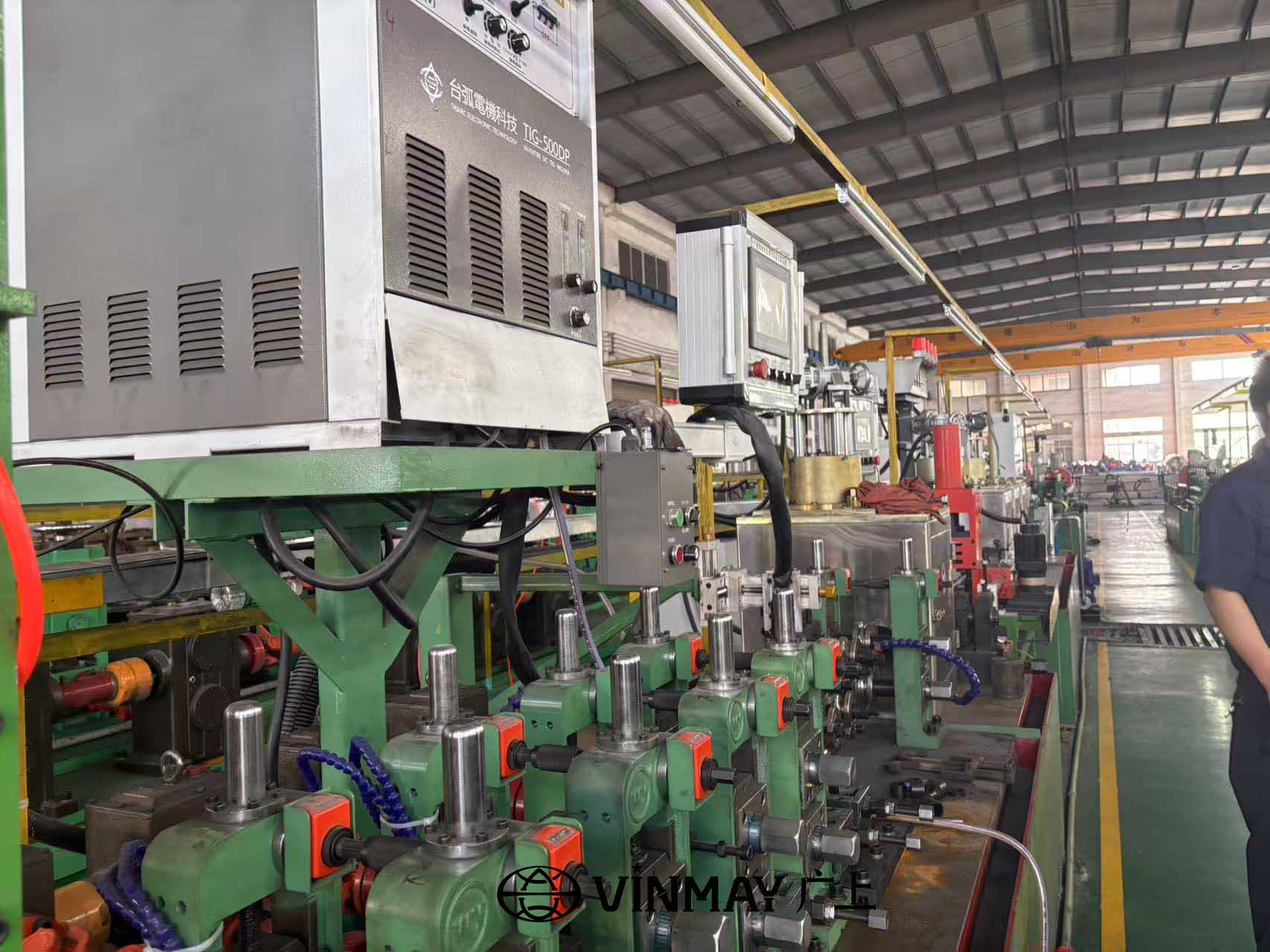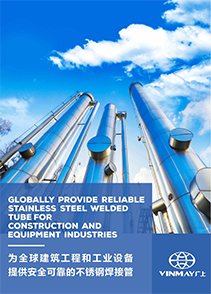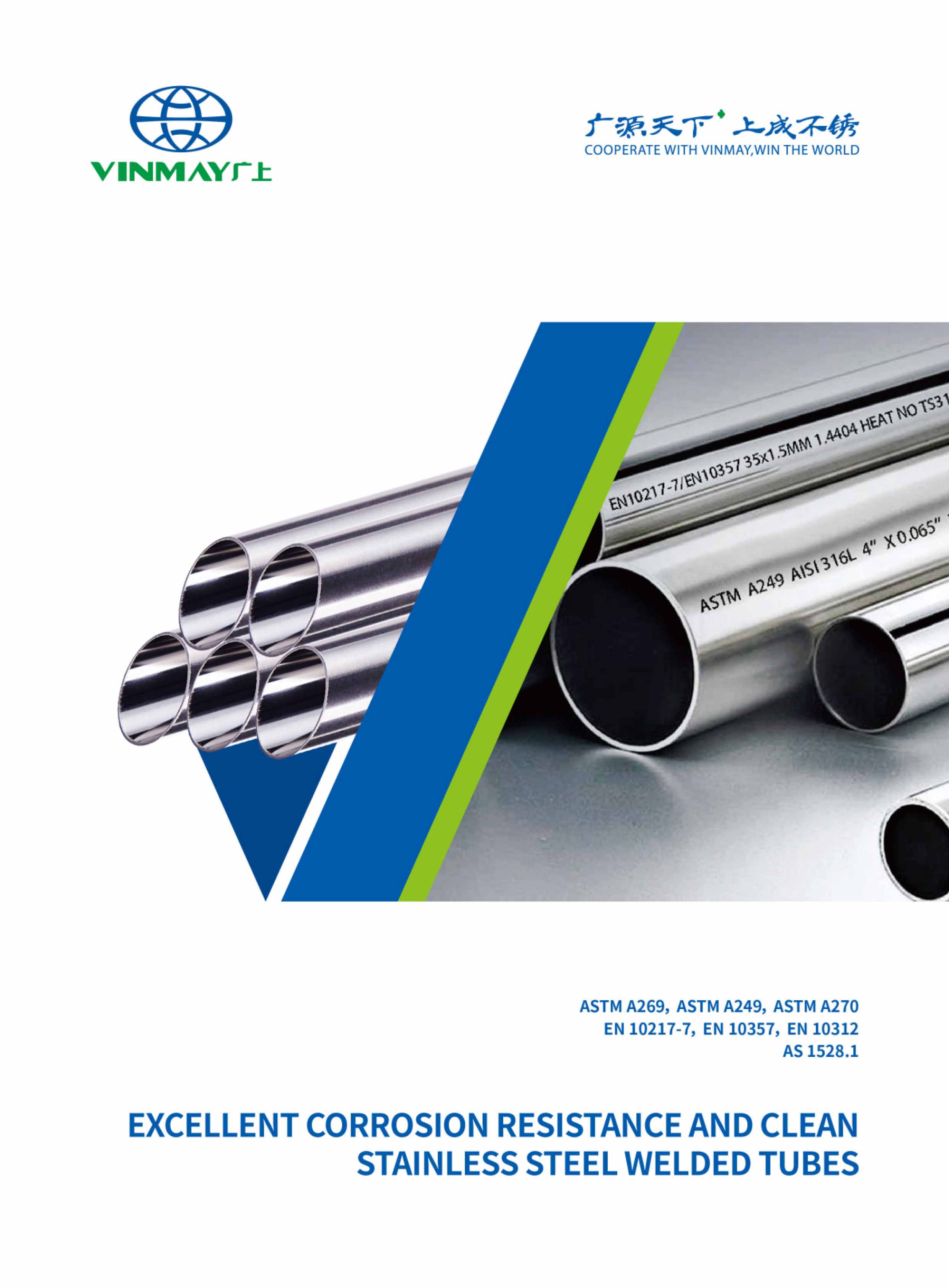In the world of stainless steel tubing, stainless steel tube gauge is one of the most critical factors that determines a product's strength, application suitability, and cost. Whether you're sourcing tubes for construction, automotive manufacturing, food processing, or decorative applications, understanding what tube gauge means—and how to select the right one—is essential.
In this comprehensive guide, we’ll cover everything you need to know about stainless steel tube gauge, from definitions and standards to selection tips and stainless steel tubing applications. By the end, you'll be equipped to make informed decisions when sourcing or specifying stainless steel tubes for any project.

Stainless steel tube gauge refers to the wall thickness of a stainless steel tube, expressed in gauge numbers. The term "gauge" is a traditional way of describing thickness. Unlike millimeters or inches, it corresponds to a reference table that assigns each gauge number to a specific thickness.
The rule is: the higher the gauge number, the thinner the tube wall. For example, 22-gauge is thinner than 16-gauge. This naming convention has been used in the metal industry for decades to standardize communication.
Understanding stainless steel tube gauge helps avoid material mismatches, ensures mechanical compatibility, and influences cost decisions.

Although "gauge" is commonly used, it's important to remember that it is not a direct measurement but a label referring to a particular thickness.
Here is a reference table for common gauges used in stainless steel tubing:
| Gauge (BWG) | Wall Thickness (inches) | Wall Thickness (mm) |
|---|---|---|
| 22 | 0.028 | 0.71 |
| 20 | 0.035 | 0.89 |
| 18 | 0.049 | 1.24 |
| 16 | 0.065 | 1.65 |
| 14 | 0.083 | 2.11 |
| 12 | 0.109 | 2.77 |
This standard is often based on the Birmingham Wire Gauge (BWG), which is widely adopted across the stainless steel tube industry.
Different countries and industries may use different gauge standards. It's critical to identify the gauge system used to avoid confusion.
While BWG and SWG may use the same numbers, the associated thickness values are different. For example:
This small variation can lead to serious consequences in precision applications such as pressure vessels or food-grade pipelines.
In global trade, it's vital to confirm the measurement unit and gauge system when purchasing stainless steel tube gauge from international stainless steel tube suppliers.
The wall thickness of a stainless steel tube has a profound impact on several performance and economic factors:
Heavier wall gauges offer higher strength and resistance to impact. For structural frames or load-bearing systems, a 12 or 14-gauge is often essential.
Thicker tubes generally have a longer lifespan, especially in corrosive environments. A thicker stainless steel tube gauge protects against wear, moisture, and chemical attack.
Formability changes with gauge. Thin tubes (e.g., 22-gauge) may require controlled heat input to prevent warping or cracking, while thicker gauges allow deeper weld penetration.
You may also like: Stainless Steel Pipe Welding Procedure Specification

In sectors like aerospace and automotive, reducing weight without compromising strength is a must. A lighter stainless steel tube gauge helps strike that balance.
Material usage increases with wall thickness, affecting both production and transport costs. Choosing the right gauge allows for a cost-effective solution.
Let’s explore how different industries use specific stainless steel tube gauge sizes:
| Industry | Gauge Range | Purpose |
|---|---|---|
| Architecture | 16–18 | Handrails, decorative structures |
| Food & Beverage | 18–20 | Hygienic piping, ease of cleaning |
| Heat Exchangers | 18–20 | Thin walls for efficient heat transfer |
| Automotive Exhaust | 14–16 | Withstand heat and vibration |
| Oil & Gas | 12–14 | Thick tubes for high-pressure systems |
| Furniture | 18–22 | Lightweight, cost-effective frames |
| Chemical Processing | 14–16 | Durable against chemical exposure |
| Marine Applications | 14–16 (316 grade) | Saltwater corrosion resistance |
This table gives a broad view, but actual selection depends on working pressure, environment, and regulatory standards.
To determine the exact stainless steel tube gauge, follow these steps:
Pro Tip: Allow for manufacturing tolerances (±0.005 inches or ±0.13 mm), especially in high-precision industries.
Different stainless steel grades perform differently depending on the gauge. Here's how they interact:
Selecting the correct combination of stainless steel tube gauge and grade ensures long-term durability and compliance.
When choosing the ideal stainless steel tube gauge, consider the following:
Pipes under pressure (like steam lines) require lower gauge numbers (thicker walls) for safety.
Corrosive conditions call for both thicker tubes and high-alloy grades like 316L.
Aesthetic projects (e.g., decorative railings) can use thinner gauges, saving cost and weight.
Some forming and welding processes require minimum gauge thresholds for stability.
Codes like ASME B31.3 or FDA standards may mandate specific gauges for safety and hygiene.
The cost of stainless steel tubes increases with decreasing gauge (thicker walls). But this doesn’t mean thinner is always cheaper:
The goal is to identify the optimal stainless steel tube gauge for your performance and budget requirements.
Read More : Understanding Stainless Steel Tube Costs: A Complete Guide
Cost-effectiveness is achieved not just by gauge, but by matching it with the correct grade and function.
At Vinmay, we are committed to precision and flexibility in our stainless steel tubing solutions. We manufacture welded tubes across a broad range of stainless steel tube gauges, supporting global clients in various industries.
We work closely with customers to recommend the right stainless steel tube gauge for your specific engineering and commercial needs.
Measure the wall thickness with a caliper or micrometer, then match the value to a gauge chart based on the standard (BWG, SWG).
Yes. A 14 BWG tube (2.11 mm) is thicker than a 14 SWG tube (2.03 mm). Always verify the standard used.
Absolutely. Lower gauge (thicker wall) increases burst strength and mechanical resistance.
18 or 16 gauge in 304 or 316 stainless steel is common for hygienic tubing.
Choosing the correct stainless steel tube gauge isn’t just about thickness—it’s about performance, longevity, cost-efficiency, and safety. Whether you're building structural frames, sanitary systems, or decorative components, gauge selection will impact everything from installation ease to long-term reliability.
Key takeaways:
Stainless steel tube gauge is more than a number—it's a vital specification for success.
Contact Vinmay today to learn more about our gauge options and custom manufacturing capabilities. Our team is ready to support your next stainless steel project with precision and expertise.



